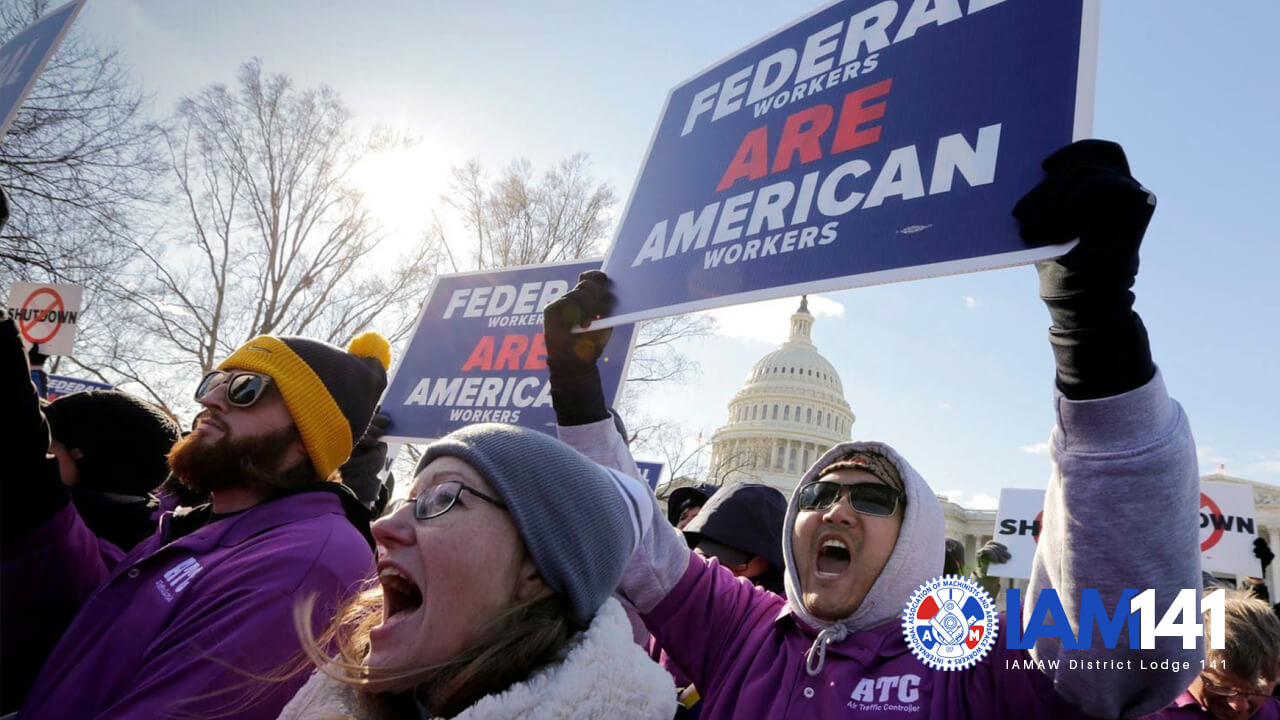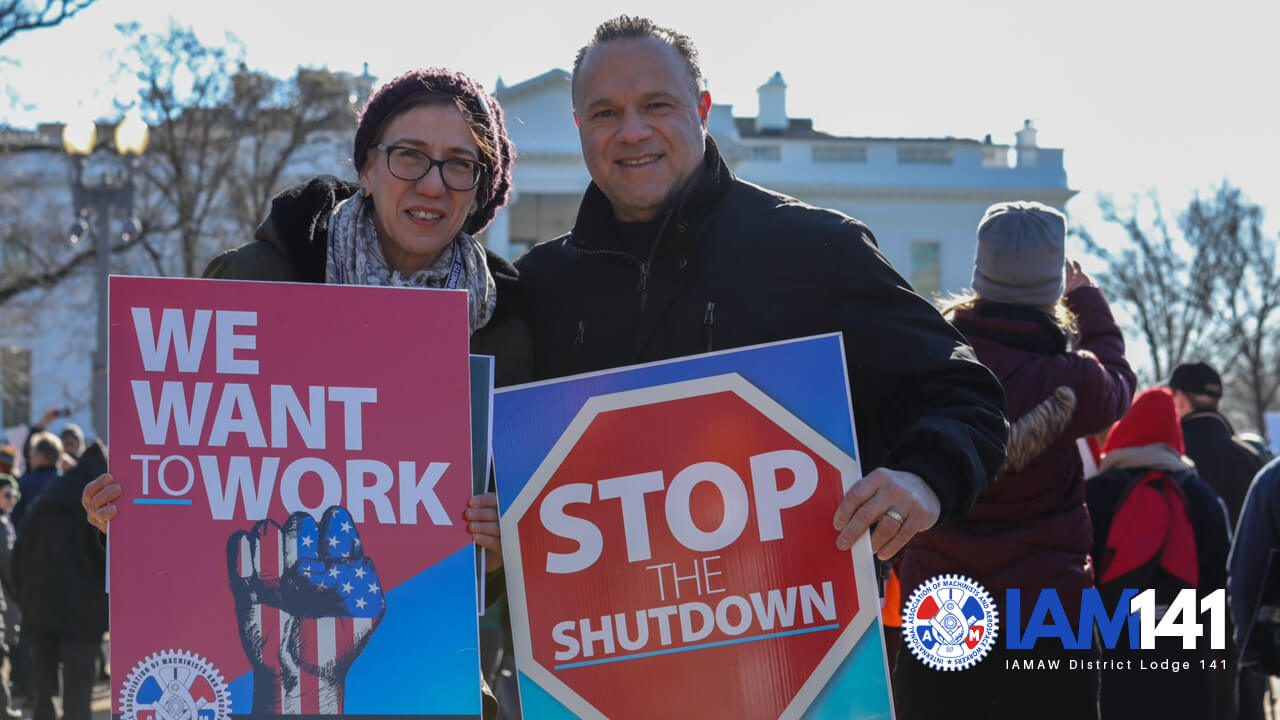
by Eric Price | Jan 21, 2019 | Departments, Home
The Reverend Dr. Martin Luther King, Jr. is recognized around the world as a leader of civil rights. What many people don’t know is that he had strong ties to the American labor movement. When Dr. King was assassinated in Memphis, Tennessee on April 4, 1968, he was...

by Eric Price | Jan 16, 2019 | Airlines, American, Community Service, Departments, EAP, Education, Hawaiian, Home, MNPL, Organizing, Philippine, Safety, Spirit, United
Updated: 1/17/2019 The Federal Government shutdown began back in December, screwing over about 2 million workers and everyone who depends on them. This includes 51 thousand TSA Agents that keep our airlines moving. Here’s a running list of how the shutdown is...

by Eric Price | Jan 15, 2019 | Airlines, American, Community Service, Departments, EAP, Education, Hawaiian, Home, MNPL, Organizing, Philippine, Safety, Spirit, United
Houston’s largest airport, Bush Intercontinental (IAH), is closing a primary security checkpoint as they deal with staffing shortages caused by increasing numbers of TSA agents who can no longer afford to come to work without pay. The announcement follows a...

by Eric Price | Jan 11, 2019 | Airlines, American, Departments, Hawaiian, Home, Philippine, Spirit, United
On the 20th day of the partial federal government shutdown, workers, union leaders, members of Congress and allies gathered in front of the AFL-CIO headquarters in Washington, DC. AFL-CIO President Richard Trumka kicked off the rally by denouncing the shutdown, which...




